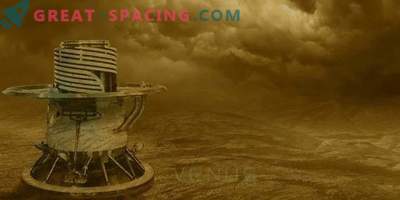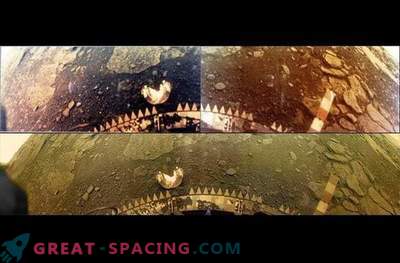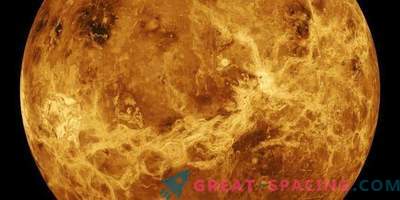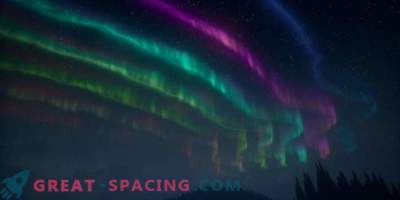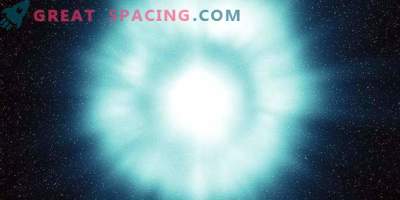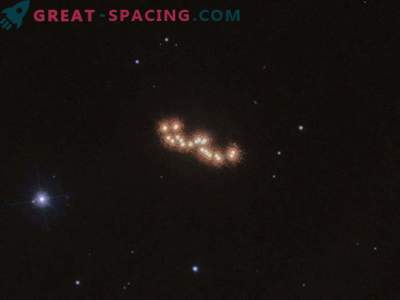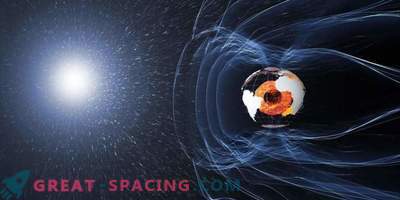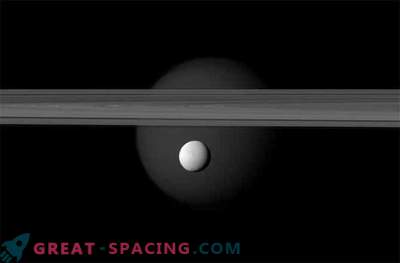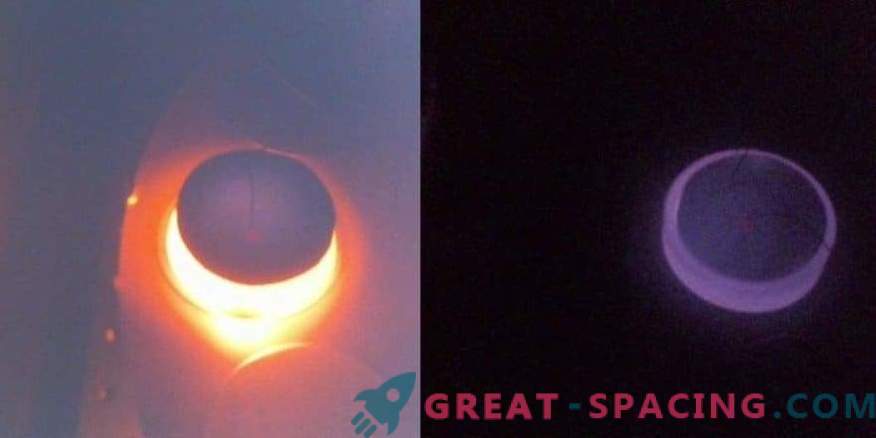
The German Space Agency (DLR) has opened a new simulator at the Planetary Spectroscopy Laboratory (PSL) in Berlin. The tool can help researchers better understand the surface of Venus, hidden behind a dense atmospheric layer.
The unit is located in a temperature controlled room. This allows you to analyze rock samples, similar to those that are present on the hot surface of Venus at temperatures up to 1000 ° C. It is difficult to study the surface of the second planet for space and ground-based observatories due to the presence of a dense atmosphere represented by carbon dioxide and sulfuric acid clouds. To break through the obstacle, you have to use the “spectral window”. They are transparent for determining the wavelength of IR light and remote data collection.
The PSL installation will be useful in such studies because it provides a chance to analyze spectral emissions using analog rocks in the temperature range of Venus. Earlier, spectral windows were used by the Galileo mission on Jupiter and the VMC and VIRTIS instruments on the Venus Express.
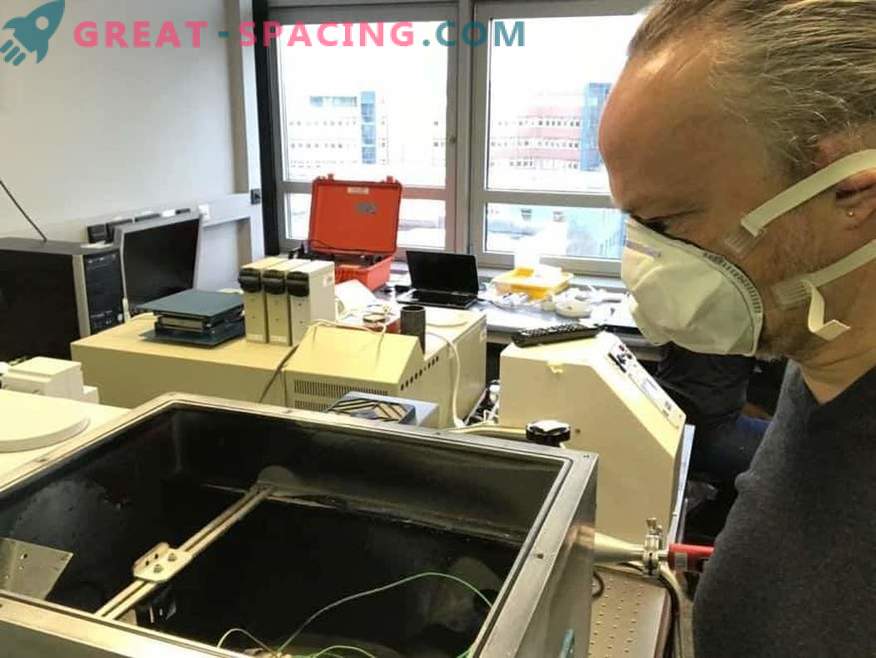
Jörn Helbert tested the Venus chamber at the Planetary Spectroscopy Laboratory (PSL) at the DLR Institute for Planetary Research in Berlin
A new camera may be needed to interpret the data obtained by the earth and space telescopes, as it provides the laboratory measurements necessary to confirm the information. Any interpretation in terms of mineralogy of the data of visible and near-IR spectroscopy requires the use of spectral libraries, which are created by taking into account the conditions on the planet under study.
Since the landing, Venus 9 and 10 in 1975 made a lot of effort to obtain the optical spectra of analog materials with appropriate temperatures. PSL started the task based on almost 10 years of experience in high-temperature emission spectroscopy. After several years of development and testing, PSL is in standard operation for measuring Venus emissivity with an analog 1.7–1.5 micrometer over the entire surface temperature range.
The device uses modern detectors and electronics, as well as innovative ceramic enclosures to block background radiation that can drown out spectral signals from samples at high temperatures. The camera will allow you to create a database of analog spectra of Venus, including measurements of rock and mineral samples. Relatively transparent near-infrared windows in a dense atmosphere rich in carbon dioxide provide night orbital visualization of light emitted by the surface. Thus, it will be possible to decide the question of whether the most ancient reliefs on Venus (tessera) are really comparable to earthly continents. That is, researchers have the opportunity to obtain a large-scale mineralogical map of Venus from orbit.
Now the laboratory is considered to be the only spectroscopic infrastructure in the world that makes it possible to measure the emissivity of powder materials, air or vacuum, from low to very high temperatures, in an extended spectral range from UV to far-IR.


